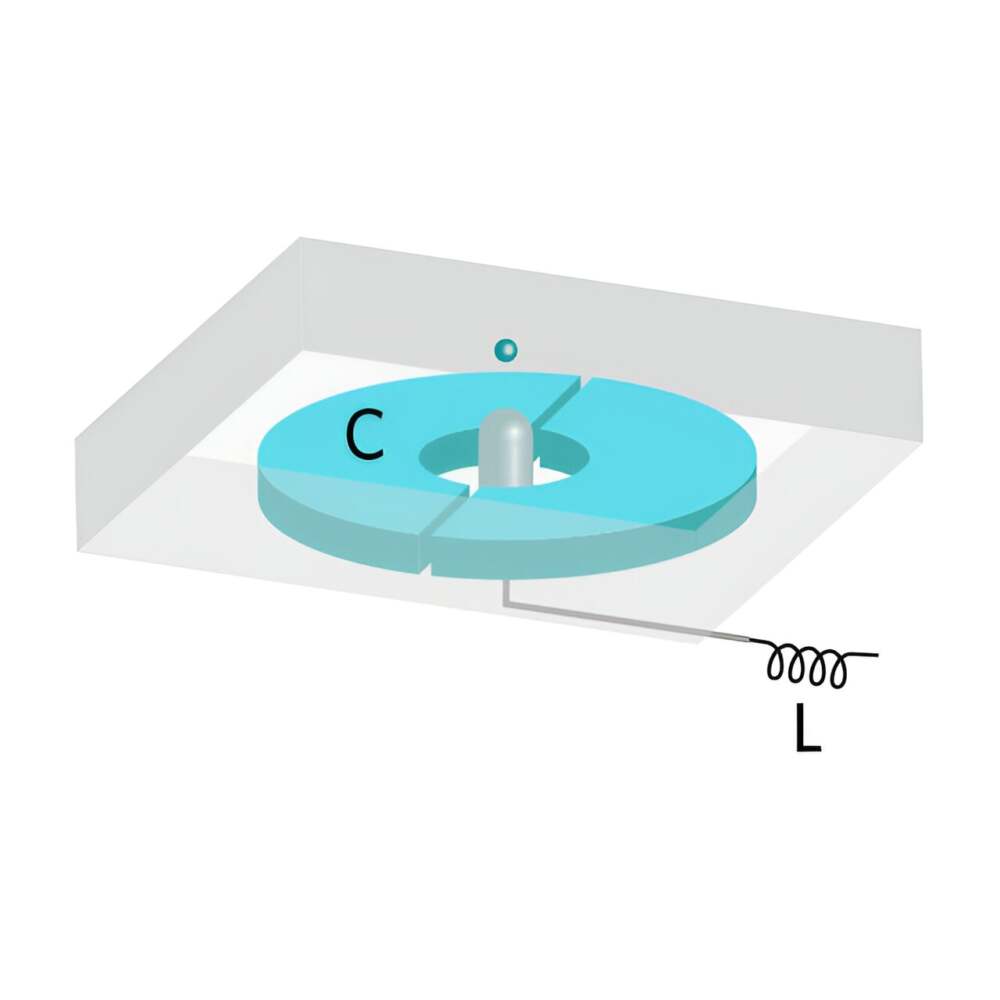Researchers in quantum computing have achieved a significant milestone by successfully trapping single electrons on liquid helium, opening the door to more stable and scalable quantum systems. This innovation has the potential to enhance the development of high-performance quantum computers and overcome some of the field’s long-standing technical challenges.
What Makes Electron-on-Helium Qubits Unique
The concept of using electrons floating above liquid helium as qubits has been explored for decades. In this setup, electrons are confined to a two-dimensional plane just above the superfluid helium surface. The helium provides an exceptionally clean environment with minimal interference, which reduces decoherence—a key obstacle in maintaining qubit stability.
Recent experiments have shown that single electrons can be trapped and manipulated at temperatures higher than previously possible, simplifying cooling requirements and reducing operational complexity. This makes electron-on-helium qubits a promising platform for practical quantum computing.
Hybrid Qubit Approach: Combining Charge and Spin
One of the most exciting aspects of this technology is the use of hybrid qubits, which exploit both the charge and spin states of trapped electrons. Charge states allow for rapid qubit manipulation, while spin states provide long coherence times for reliable quantum operations. By combining these two properties, researchers can develop qubits that are both fast and stable.
Advanced techniques, including the use of magnetic microstructures, allow for precise control of the electrons and enable high-fidelity execution of quantum logic operations. This combination of charge and spin control represents a major step forward in qubit design.
Integration with Superconducting Circuits
To interact with the trapped electrons, scientists have integrated them with superconducting microwave circuits. This allows for strong coupling between the electrons’ motion and microwave photons, providing precise control and measurement of the qubits’ quantum states. The high coupling strength achieved ensures that operations can be performed efficiently while minimizing errors.
This integration also points toward the possibility of combining electron-on-helium qubits with existing quantum hardware, potentially bridging experimental setups with larger, more practical systems.
Prospects for Scalable Quantum Computers
The electron-on-helium system is inherently compact, and the combination of long coherence times with fast gate operations makes it an excellent candidate for scaling up quantum processors. Researchers envision arrays of millions of these qubits, enabling large-scale, fault-tolerant quantum computing.
The technology could eventually support applications in cryptography, materials science, and complex simulations that are beyond the reach of classical computers, marking a transformative step for the field.
Conclusion
Trapping single electrons on liquid helium represents a landmark achievement in quantum computing. By harnessing the unique properties of these electrons and integrating them with superconducting technologies, researchers are moving closer to realizing stable, high-performance, and scalable quantum computers. As the field progresses, electron-on-helium qubits could play a central role in revolutionizing computing and solving problems currently impossible for conventional systems.
















Leave a Reply